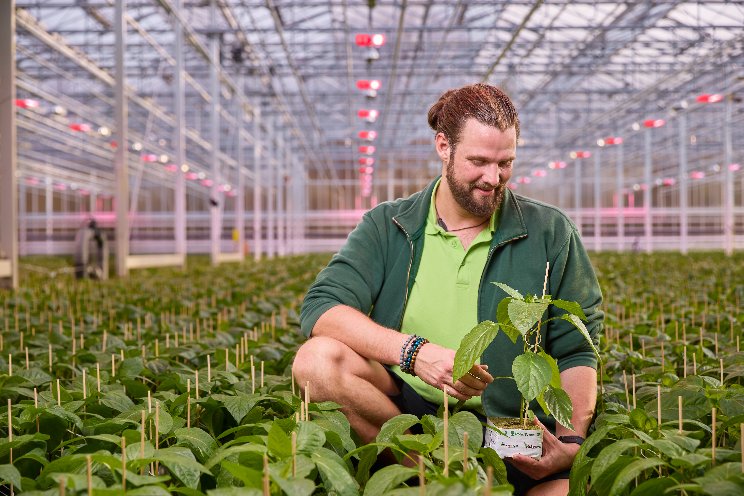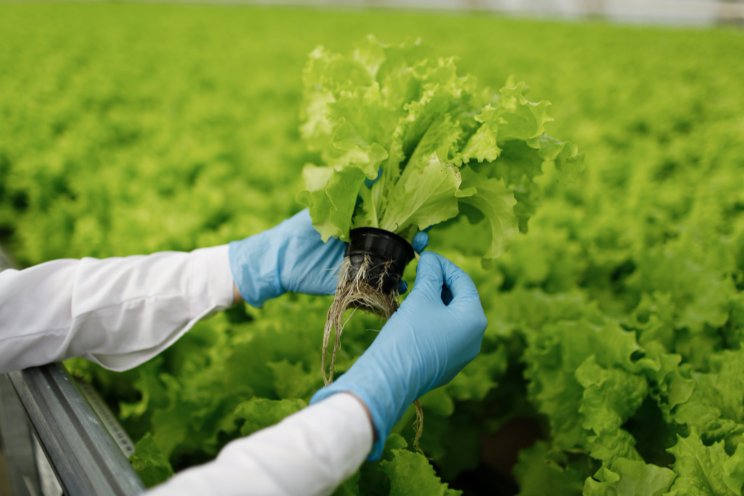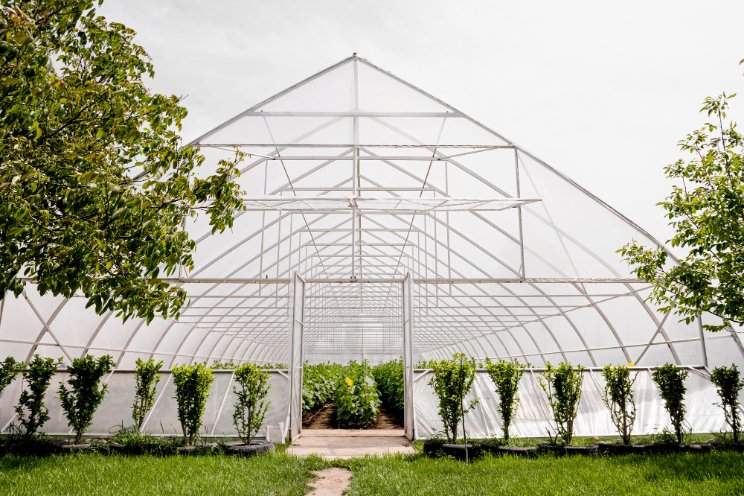Six poinsettia pests and how to overcome them
Added on 02 October 2023

Poinsettia, Euphorbia pulcherrima, is widely grown in greenhouses throughout the U.S.A., and like many greenhouse-grown horticultural crops, poinsettias are susceptible to a number of insect and mite pests. Therefore, it is important to effectively manage insect and mite pests on poinsettias, especially before bract formation, because very few insecticides and miticides are labeled for poinsettias when in bract. The insect and mite pests of poinsettias feed on the roots, leaves or stems, and bracts:
Roots: fungus gnat larvae;
Leaves and stems: whiteflies, western flower thrips, broad mites, Lewis mites, and mealybugs;
Bracts: western flower thrips;
This article provides a brief description of the damage to poinsettia plants associated with each insect and mite pest. In addition, the article discusses the plant protection strategies that should be implemented to manage insect and mite pest populations, which will help to prevent damage to poinsettia crops.
1. Fungus gnats
Fungus gnat, Bradysia spp., larvae (Figure 1) feed on root hairs and small roots, which inhibits the ability of poinsettia plants to obtain water and nutrients. Fungus gnats are primarily a problem under propagation when low larval numbers can kill cuttings or young plants. Cultural control and scouting practices associated with fungus gnats include the following:
Cultural: 1) avoid keeping the growing medium excessively moist, 2) remove weeds and old growing medium from around the production area, and 3) use either pasteurized or bagged growing medium.
Photo: Fungus Gnat Larvae. (Figure 1). Photo courtesy of Department of Entomology at Kansas State University.
More news















